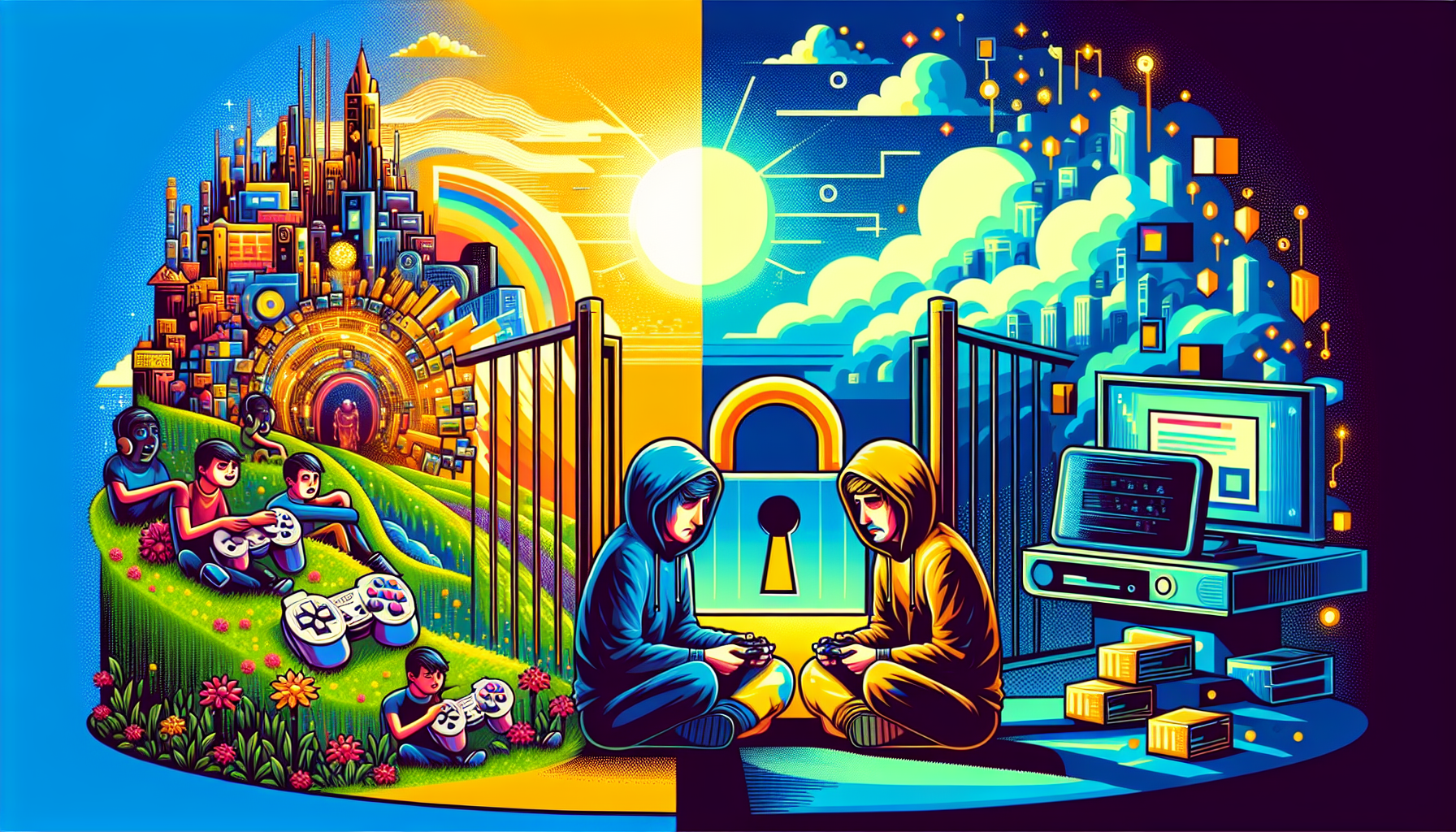
The Game Pass Price Hike: More Than a Gamer’s Gripe, It’s a SaaS Masterclass
It was once hailed, almost universally, as “the best deal in gaming.” For a low monthly fee, players got access to a sprawling, all-you-can-eat buffet of video games. But recently, Microsoft nudged the price of Xbox Game Pass upward, and the predictable wave of player frustration followed. The sentiment is understandable. When a beloved bargain gets a little less bargain-friendly, it stings. But to dismiss this as just another corporate price gouge is to miss the bigger picture. This isn’t just about gaming; it’s a fascinating, real-time case study in the lifecycle of a modern Software as a Service (SaaS) platform, with crucial lessons for developers, entrepreneurs, and tech professionals.
The core question has shifted from “Is Game Pass a good deal?” to “What does the future of value look like in a subscription-driven world?” Let’s break down the strategy, the technology, and what this move signals for the future of digital content.
The “Netflix for Games”: A SaaS Revolution in Disguise
At its core, Xbox Game Pass is a textbook SaaS product. Microsoft took a model popularized by Netflix and Spotify and applied it to a notoriously high-cost entertainment medium. The initial strategy was a classic market penetration play, one that many startups know well: acquire users at an aggressive, almost unsustainable price point to build a massive user base and establish a “moat” around your ecosystem.
For years, the value proposition was undeniable. You paid a small fee and got access to hundreds of games, including brand-new, multi-million dollar blockbuster titles on the day of their release. This was a seismic shift. It disrupted the traditional model of paying $70 for a single game, fundamentally changing consumer behavior and expectations. But like all disruptive models, it eventually has to face the harsh realities of economics.
The initial phase was about growth. The new phase is about sustainability. And sustainability in the content world is brutally expensive.
The Inevitable Correction: Content, Cloud, and Cost
Why the price hike now? The answer lies in a confluence of factors that any tech leader or entrepreneur should recognize.
- The Soaring Cost of Content: Modern AAA game development is an epic undertaking. Projects can cost hundreds of millions of dollars and require massive teams of artists, designers, and engineers. The level of sophisticated programming and artistic detail is staggering. Placing a title like Starfield or the next Call of Duty (thanks to the Activision Blizzard acquisition) into the service on day one represents an enormous upfront cost that the old subscription price simply couldn’t justify in the long run.
- Infrastructure is Not Free: Game Pass isn’t just a list of download links. It’s powered by Microsoft’s colossal Azure cloud infrastructure. This is especially true for the Cloud Gaming feature, which allows you to stream games to your phone, tablet, or laptop. Streaming a 4K, 60fps game with minimal latency requires an incredible amount of computational power, and that power has a price tag. This is a direct infrastructure cost that scales with user engagement.
- The Pivot to Profitability: For years, Game Pass was a loss leader—a tool to sell consoles and lock users into the Xbox ecosystem. Now, with over 25 million subscribers, the division is under pressure to stand on its own two feet. This is the same journey every successful startup eventually takes: the transition from burning venture capital for growth to generating actual, sustainable revenue.
The Tech Backbone: AI, Automation, and Cybersecurity at Play
Beneath the user-friendly interface of Game Pass lies a complex technological beast, one that leverages cutting-edge concepts from across the tech spectrum. Understanding this backend is key to appreciating the service’s true value and cost.
The entire experience is a symphony of advanced software and systems working in concert:
- Artificial Intelligence and Machine Learning: How does Game Pass recommend your next favorite game? That’s not a person in a back room; it’s a powerful machine learning model. These AI algorithms analyze your play history, genre preferences, and even the behavior of players with similar tastes to curate a personalized discovery engine. This innovation is crucial for retention. In a library


